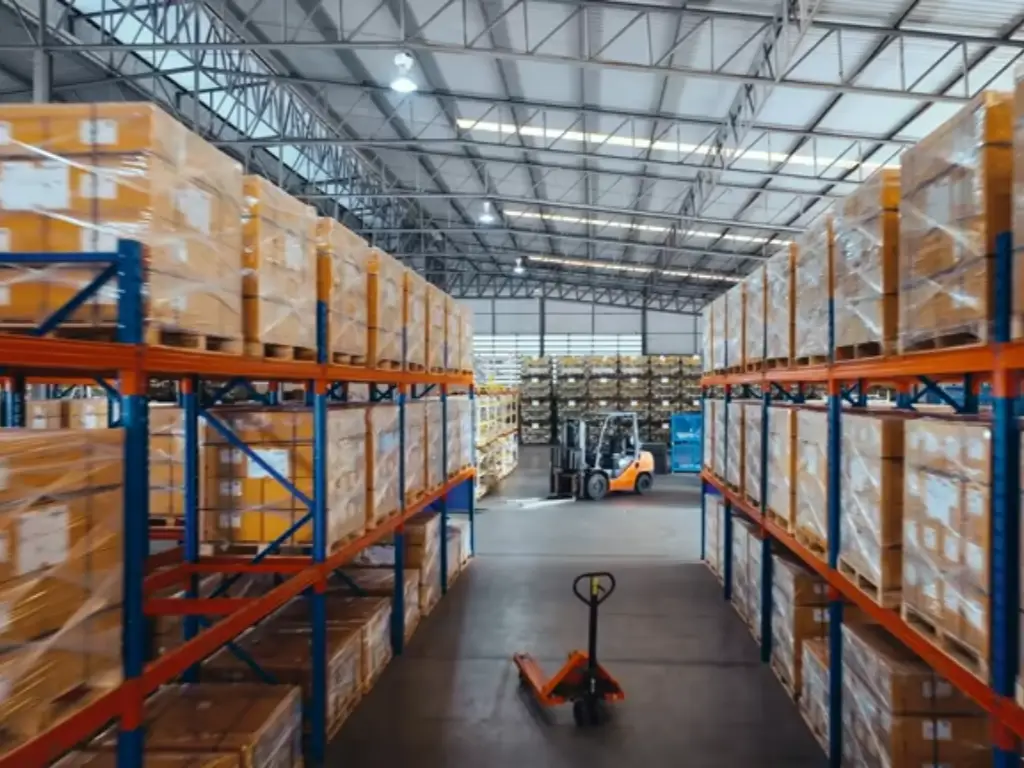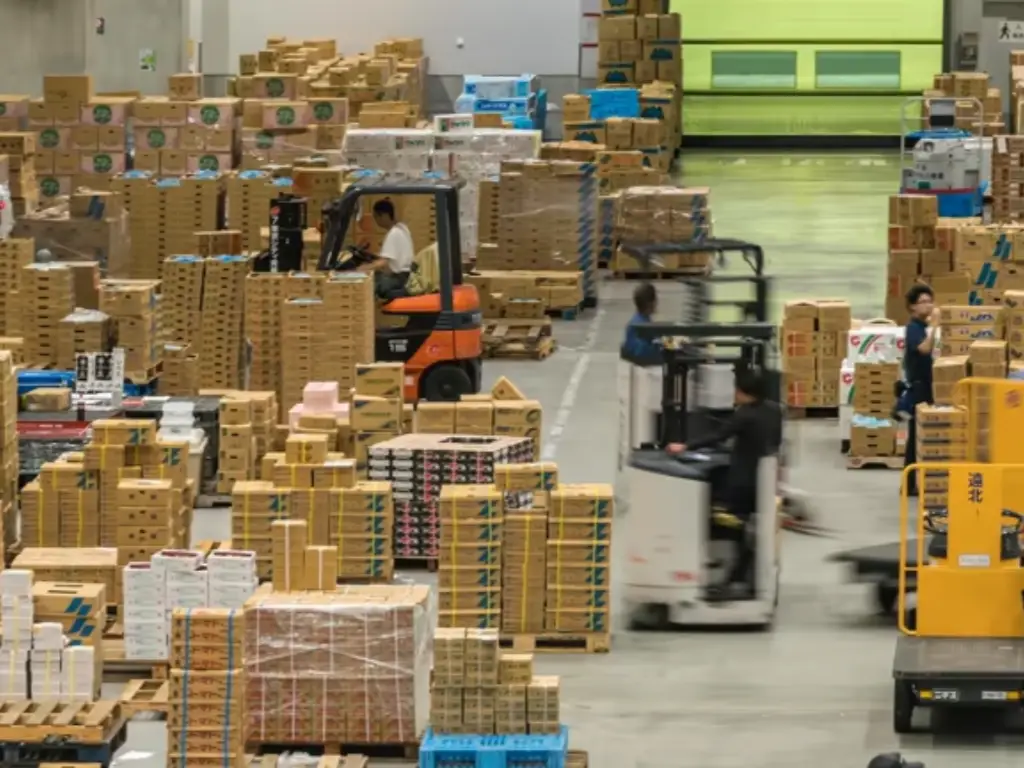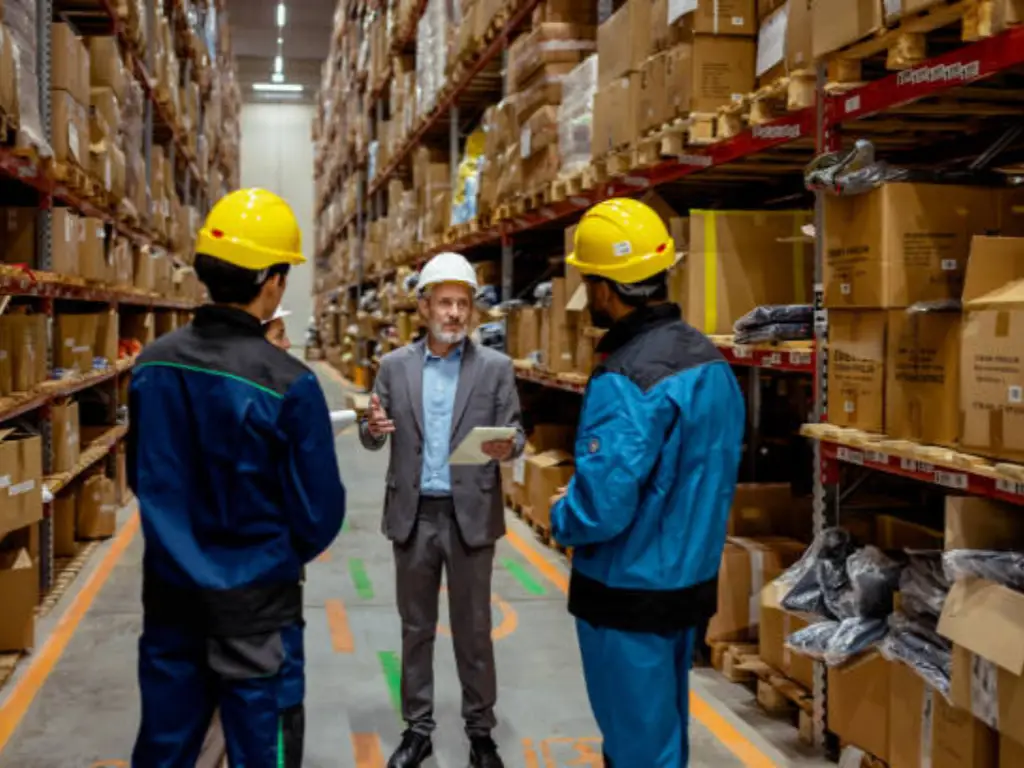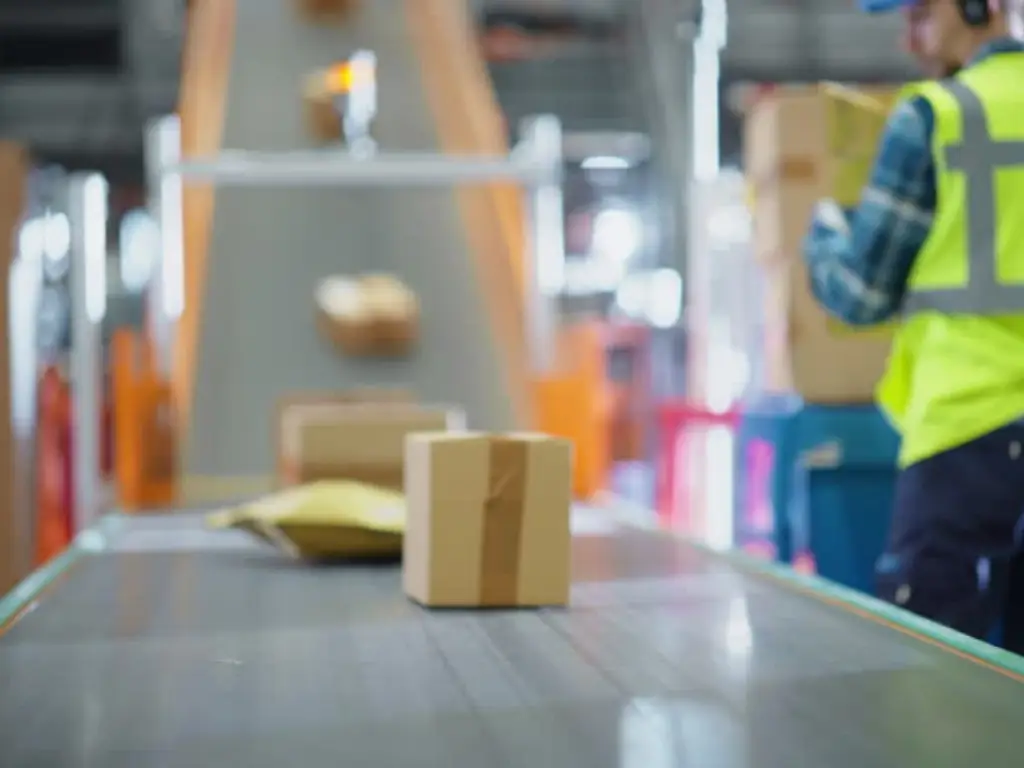Introduction
As an e-commerce entrepreneur creating an Amazon store, one of the most crucial decisions you will make is the type of fulfillment method to use. It has a direct effect on your profit margins, customer satisfaction, daily workload, and sales potential. Amazon offers two primary fulfillment options: FBA and FBM. FBA, or Fulfillment by Amazon, is when you outsource your logistics to Amazon, and FBM, or Fulfillment by Merchant, is when you do the whole fulfillment process yourself. The choice is the foundation of your fulfillment strategy and determines your whole business model.
It is essential to understand the distinctions between these two approaches. One route is the most convenient and has access to Amazon’s huge customer base, whereas the other route is more controllable and flexible. Moreover, the FBM world offers modern techniques such as dropshipping, which is a popular option for new sellers. This guide will deconstruct all the elements of FBA vs. FBM, discuss the place of dropshipping, and give a clear structure to assist you in deciding which is most suitable for your business so that you can deliver the best customer experience possible.
Deep Dive into Amazon FBA: The Hands-Off Approach

Amazon FBA is a complete service where sellers can outsource their entire fulfillment process to Amazon. The process is simple: as an Amazon seller, you will send your products in large quantities to one of the Amazon fulfillment centers. As soon as the inventory is received and scanned in the Amazon warehouse, it enters their extensive logistics system. After that, Amazon does everything. When an amazon customer orders, the picking, packaging and shipping is done by the team of Amazon. More importantly, they also take care of a large part of the customer service, such as returns and fulfillment-related questions, which increases customer satisfaction and saves you time.
FBA Pros
- The Power of the Prime Badge: The greatest benefit of FBA is that your listings will automatically be eligible to Amazon Prime. This will open up millions of the most loyal and active amazon prime members who tend to filter search results to display only Prime-eligible items. The Prime badge is a good way to signal trust and free, fast shipping, which can go a long way towards increasing your visibility and conversion rates.
- World-Class Logistics and Customer Trust: With FBA you are utilizing one of the most sophisticated logistics networks in the world. The customers get their products as fast and as reliable as they are used to with Amazon. This good customer experience creates confidence in Amazon and also in your brand as a seller on their platform.
- Focus on Growth, Not Boxes: Outsourcing fulfillment will enable you to get back your most precious commodity: time. You can spend your time on the core business operations such as sourcing products, marketing, optimizing your listings, and scaling your business model instead of spending hours on picking, packaging, and shipping. This renders FBA an effective growth driver.
FBA Cons
- A Complex Fee Structure: This convenience comes at a price. FBA comes with numerous charges that may affect your profitability greatly. These are fulfillment fees (per unit cost of picking, packing, and shipping) and monthly storage fees of inventory depending on the space your products take up. You may also end up paying long-term storage charges in case the products remain un-sold, and FBA is not economical on slow-moving products.
- Reduced Inventory Control: By shipping your products to an Amazon fulfillment center, you lose direct control of your inventory. You have to follow Amazon strict preparation and shipping guidelines and you cannot just walk over to a shelf to check your products. This may complicate inventory management and make it abstract.
- Complex Return Process: Amazon is well known for its customer friendly return policy. While good for amazon customers, this is a negative for FBA sellers. The simplicity of returns can sometimes result in higher return rates. In addition, managing returned inventory—whether it can be sold or needs to be taken out of circulation—is another process that occurs at a distance, adding another layer of complexity.
Deep Dive into Amazon FBM: The Control-Focused Approach
Amazon FBM, or Fulfillment by Merchant, is the fulfillment type in which the seller has the entire responsibility of the whole order fulfillment process. Once a customer has ordered a product in your Amazon store, it is your responsibility to take care of all the following procedures. This involves having your own inventory management system, storing the products in your own storage facility (whether it is a professional warehouse, an office backroom, or a garage), physically picking and packaging the order, and shipping the order directly to the customer doorstep using services such as Amazon Buy Shipping or your favorite carrier. This model gives you full control over all aspects of your operation. Also, FBM is not a strategy but a framework that has two extremely different operational models: Traditional Self-Fulfillment and Dropshipping.
Mode A: Traditional Self-Fulfillment

This is the standard FBM model. You buy inventory, store it in a physical space you own and when an order comes in, you or your team personally fulfills it.
Who It’s For: The model is most suitable to businesses that already possess an existing logistics infrastructure, e.g. a brick-and-mortar store. It is also perfect when the seller has unique, oversized, or handmade items where custom packaging is part of the brand customer experience or those who just want to have as much control over every aspect of their operation as possible.
Pros of Traditional Self-Fulfillment:
- Maximum Quality Control: You touch and see everything before it is sold to a customer. This will enable you to check the defects, quality assurance and minimize returns of damaged goods.
- Full Branding Experience: The unboxing experience is entirely in your hands. You may use custom boxes, branded tape, and add personalized thank-you notes or marketing inserts, which is effective to create a loyal customer base.
- Potentially Higher Profit Margins: When you buy inventory in large quantities, you pay less per unit. You do not pay FBA fulfillment fees either. This model can provide the best profit margins in case you are able to control your shipping costs effectively.
- Direct Customer Relationship: You handle customer support on your own, which enables you to establish rapport, obtain valuable feedback first-hand, and control the reputation of your brand.
- Cons of Traditional Self-Fulfillment:
- Significant Upfront Investment: You have to buy inventory in advance, and this locks up a lot of capital before you have made a single sale.
- Requires Physical Storage Space: All inventory storage is your responsibility and this means that it takes up physical space and may cost you, either in the form of renting a warehouse or losing space in your home or office.
- Time and Labor Intensive: The whole process of fulfillment, including inventory organization, picking, packaging, and shipping, is time-consuming and labor-intensive, and it becomes more so as your sales volume increases.
- Complex Logistics: It is your duty to negotiate with shipping carriers, compute rates, print labels, and deal with shipping problems such as lost or delayed packages.
Mode B: Dropshipping

It is a contemporary, trendy type of FBM in which the seller does not even touch the product. It works as follows: a customer makes an order in your store; you take that order and send it to your third-party supplier, manufacturer, or wholesaler; the supplier then ships the product to the customer. You are basically a middleman and your profit is the difference between what you sell it and what the supplier costs.
- Pros of Dropshipping:
- Low Startup Costs: This is the greatest attraction. You do not have to spend thousands of dollars on bulk inventory, so it is a viable entry point to new sellers.
- No Inventory Risk: You do not risk being left with unsold goods, because you only buy something after you have already sold it.
- Location Independence: You can operate your business anywhere you have an internet connection since you do not require a physical storage facility.
- Cons of Dropshipping:
- Reduced Profit Margins: Since you are not purchasing products in large quantities, your unit cost is higher and this usually results in reduced profit margins.
- Supplier Dependency: Your whole business reputation is dependent on the performance of your supplier. Your customer satisfaction is directly affected by their stock levels, order processing speed and shipping quality.
- Quality Control: You are not able to check the goods yourself and then ship them to the customer, which may cause problems with the quality of the goods and their breakage during transportation.
Solution Example: Empower Your Business with SpeedbeeDropshipping
The greatest risk that FBM sellers can encounter in adopting the dropshipping model is the intricacies of the dropshipping model such as finding reliable suppliers, ensuring quality of products, and delivering products on time. The performance of your Amazon store is nearly solely reliant upon the trustworthiness of partners that you might never see. A break in this chain may result in a low customer satisfaction and damage your brand image. This is exactly where the value of a professional service provider comes to the fore, making dropshipping a low-risk business model with a streamlined and scalable business model. A unified platform can connect you with quality suppliers and automate the most challenging aspects of the fulfillment process.
This is the issue that a service such as SpeedbeeDropshipping is meant to address. Rather than wasting hours and hours vetting suppliers, a service such as this offers access to a pre-vetted network, which is quality and reliable by default. It also solves the efficiency problem by directly connecting to your ecommerce platform, automating the process of forwarding orders so you can concentrate on growth, not on manually entering data. Resolving the fundamental pain points of sourcing and handling, such a service will serve as an effective backend, allowing you to fully enjoy the low-risk, low-capital advantages of dropshipping. Any seller who thinks about this FBM route can find it best to use a dedicated dropshipping solution to succeed in the long term.
Simplify Your Dropshipping Business with Speedbee Today →
Head-to-Head: Key Differences Between FBA & FBM
In deciding on your fulfillment method, a direct comparison reveals the basic trade-offs. The main distinction is in the trade-off between cost, control and convenience. FBA is constructed to suit sellers who value convenience and are ready to pay a premium to have it, whereas FBM is constructed to suit sellers who value control and are ready to handle the operational workload. This decision has a direct impact on your day-to-day operations, your cost base, and how you deal with your customer base. In order to make the best fit decision, it is useful to compare the core differences side-by-side.
| Feature | Fulfillment by Amazon (FBA) | Fulfillment by Merchant (FBM) |
| Logistics & Shipping | Handled by Amazon’s network. | Handled by you or a third-party partner. |
| Prime Eligibility | Automatic. | Requires meeting strict SFP criteria. |
| Fulfillment Costs | Higher (Fulfillment & Storage Fees). | Lower (You control costs). |
| Control & Branding | Limited control over packaging. | Complete control over branding. |
| Customer Service | Primarily handled by Amazon. | Handled entirely by you. |
| Inventory Management | Must follow Amazon’s prep/shipping rules. | Full flexibility with your own systems. |
In addition to the table, one should take into account the effect on your sales volume. The Amazon Prime badge is a strong sales driver, and FBA sellers tend to gain visibility and conversion just by being in the program. Nevertheless, FBM sellers who are able to control their fulfillment expenses well can frequently make more profit per sale. FBM also enables multi-channel fulfillment out of a single pool of inventory with significantly more ease, which is an important factor to sellers who have a presence outside of the merchant fulfilled network of Amazon.
Which Fulfillment Method Is Right for Your Business?
The final choice of the ideal fulfillment strategy will depend on a sincere evaluation of your products, resources, and objectives. Amazon FBA is usually the most suitable alternative to sellers who have high-volume, standard-sized products with good profit margins to cover the charges. FBA is a great option when you want to grow fast, reduce the amount of work you do each day, and take advantage of the enormous strength of the Amazon Prime brand to access a huge number of customers. It enables you to concentrate on sourcing, marketing, and expanding your business and leave the complicated logistics to Amazon. It is a strong growth engine, as long as your business model can support the referral fees and fulfillment fees.
Conversely, Amazon FBM is the better option when sellers are concerned with control, branding, and margin optimization. When you sell big, heavy, or highly customized products, it is almost always cheaper to do your own fulfillment. Similarly, in case you already have an existing retail presence in terms of storage space and shipping capacity, FBM enables you to merge your Amazon store. The dropshipping version of FBM is a low-risk entry point into ecommerce to new sellers with limited capital. In the end, there is no correct answer. The idea is to select the fulfillment option that best fits your particular business model and puts you on a path to long-term success.
Conclusion
The selection of the fulfillment method is one of the most important decisions that any Amazon seller can make, a strategic choice that will directly affect your everyday business, profitability, and customer experience. The Amazon FBA (Fulfillment by Amazon) vs FBM (Fulfillment by Merchant) debate boils down to a basic trade-off: the unmatched convenience and scalability of Amazon logistics network vs full control of your inventory and branding. No one answer is best, and the right direction is determined by your particular products, capital, and long-term objectives. You may want to grow fast with FBA, have complete control with traditional FBM, or even get into the market with minimal risk using a dropshipping model, this guide will explain the advantages and disadvantages of each strategy. And to those who are experimenting with the elasticity of dropshipping, SpeedbeeDropshipping offers the necessary tools and pre-selected suppliers to create a sustainable and profitable business on the first day.



